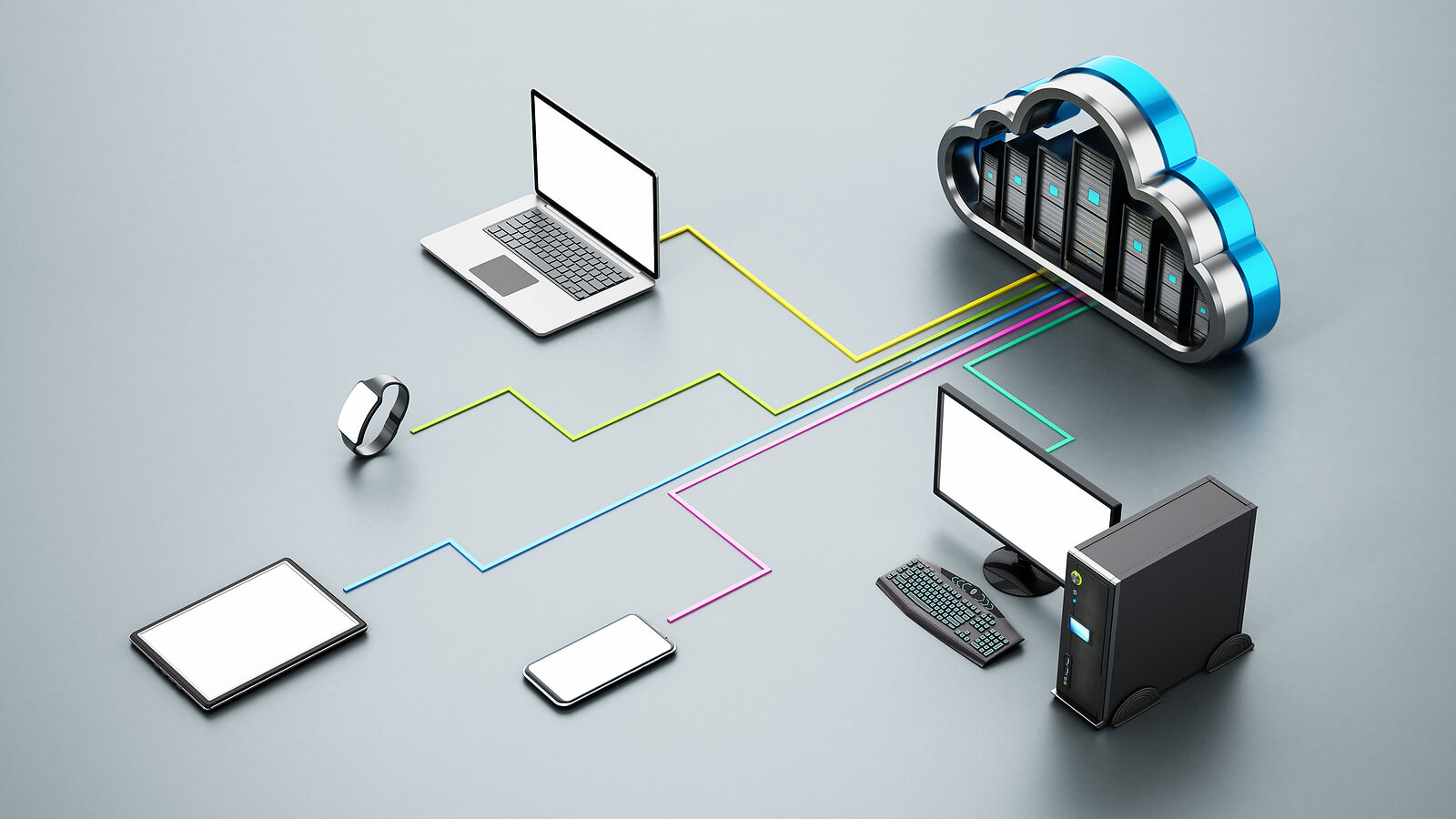A Road Map for Federal Agencies Adopting Cloud-based Applications

By 2024, approximately half of IT spending will have transitioned to cloud technologies. However, for federal agencies, only 17% of civilian agency IT investments and only 3% for the Defense Department (DoD) are in cloud services.
If your organization is looking to transition to the cloud soon, the rapid surge of remote work has made cloud adoption, including cloud-based applications, more important than ever. Similarly, moving to the cloud is another way to modernize IT systems and will lead to many benefits, such as additional cost savings, security, efficiency, and scalability.
As far as security is concerned, many of the leading commercial clouds meet industry-mandated security frameworks — such as the Federal Risk and Authorization Management Program (FedRAMP), the Risk Management Framework (RMF), and the National Institute of Standards and Technology (NIST). With today’s IT infrastructure getting more efficient, modernizing government systems will not only reduce the risk of downtime, but also service costs and the total cost of ownership.
There are public, private, community, and hybrid cloud deployment models that your organization can choose from.
- Public cloud computing is when a provider supplies one or more cloud-computing services to a large group of independent customers.
- A private cloud works the same way, but on a private network that is controlled and used by a single organization.
- A community cloud allows a group of organizations with similar requirements to share infrastructure.
- A hybrid cloud uses a combination of private or community and public cloud providers.
Learn the service models. Familiarizing yourself with SaaS, PaaS, and IaaS can help you decide which service model is best for your agency.
- Software as a Service (SaaS)/Applications as a Service. In the SaaS model, customers use applications that the provider supplies and makes available remotely on demand, rather than using applications installed on a local workstation or server. SaaS is the most readily visible and simplest service model to the end-user.
- Platform as a Service (PaaS). With PaaS, customers create applications on the provider’s infrastructure using tools, such as programming languages, supplied by the provider. Such a platform could include hosting capability and development tools to facilitate building, testing, and launching a web application.
- Infrastructure as a Service (IaaS). IaaS providers supply fundamental computing resources that customers can use however they wish. Customers can install, use, and control whatever operating systems and applications they desire, as they might otherwise do on desktop computers or local servers.
Federal organizations require rapid implementation and successful cloud adoption. There are many different solution paths — deployment and service models — that cater to different organizational needs to fulfill unique requirements and transformation journeys.
Be “Cloud Smart.” Achieve the potential of cloud-based technologies using the Cloud Smart Strategy as founded by the Federal CIO. This strategy is based on three pillars:
- Security: Streamline security policies to focus on risk-based decision-making, automation, and moving protections closer to data.
- Procurement: Expand the ability of agencies to purchase cloud solutions through repeatable practices and sharing knowledge.
- Workforce: Upskill, retrain, and recruit key talent for cybersecurity, acquisition, and cloud engineering.
Getting the Right Support
As a systems integrator, Dynamic Systems can create edge-to-cloud computing systems that include multi-vendor and multi-entry solutions.
Dynamic Systems can provide consultation to help determine the best path of your transformation journey. We provide comprehensive guidance to help your agency transition to the cloud. With our Cloud Services, you can mitigate risks, create a robust Cloud adoption plan, accelerate time-to-value, scale your Cloud investments, and manage multi-cloud environments to keep pace with the continuously changing landscape.
Start your cloud migration today. To know more, contact us today.